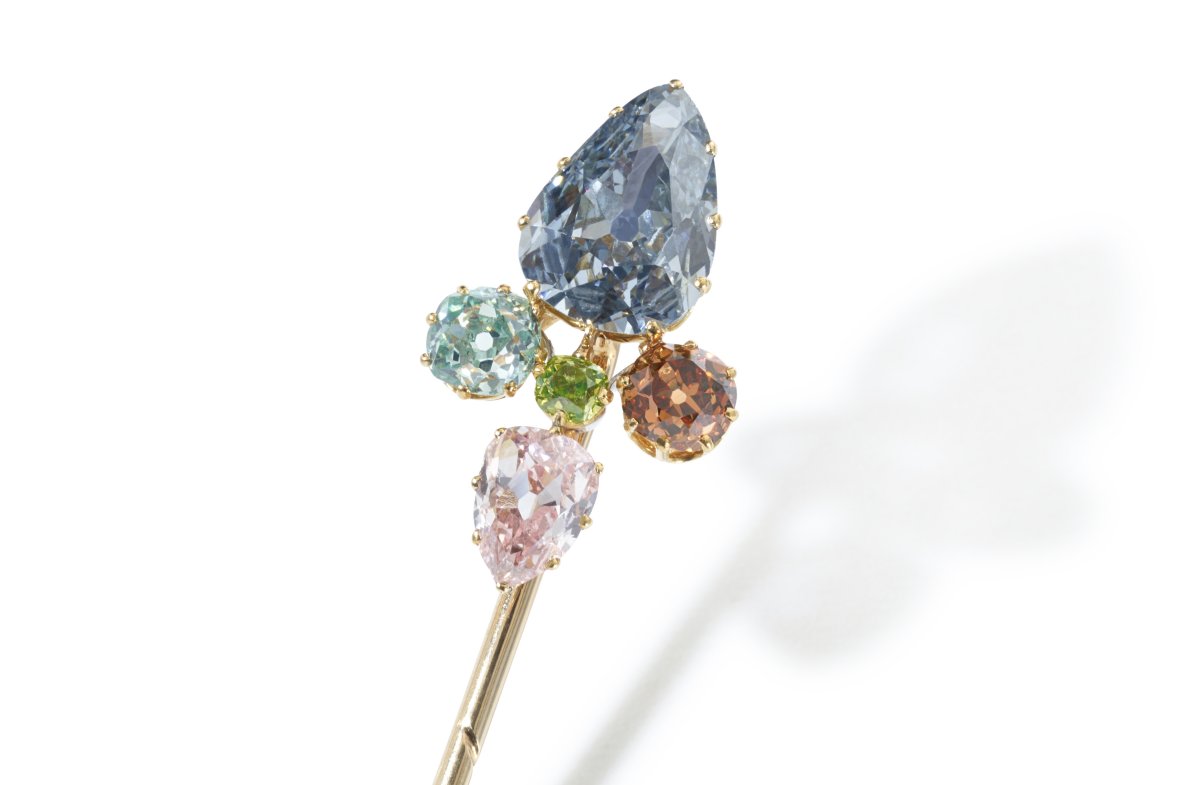
This week brought even more exciting royal jewelry auction news from Sotheby’s. Along with a spectacular diamond necklace, the upcoming Royal & Noble Jewels sale will feature pieces from the former royal family of Bulgaria, including this fabulous bejeweled tie pin.
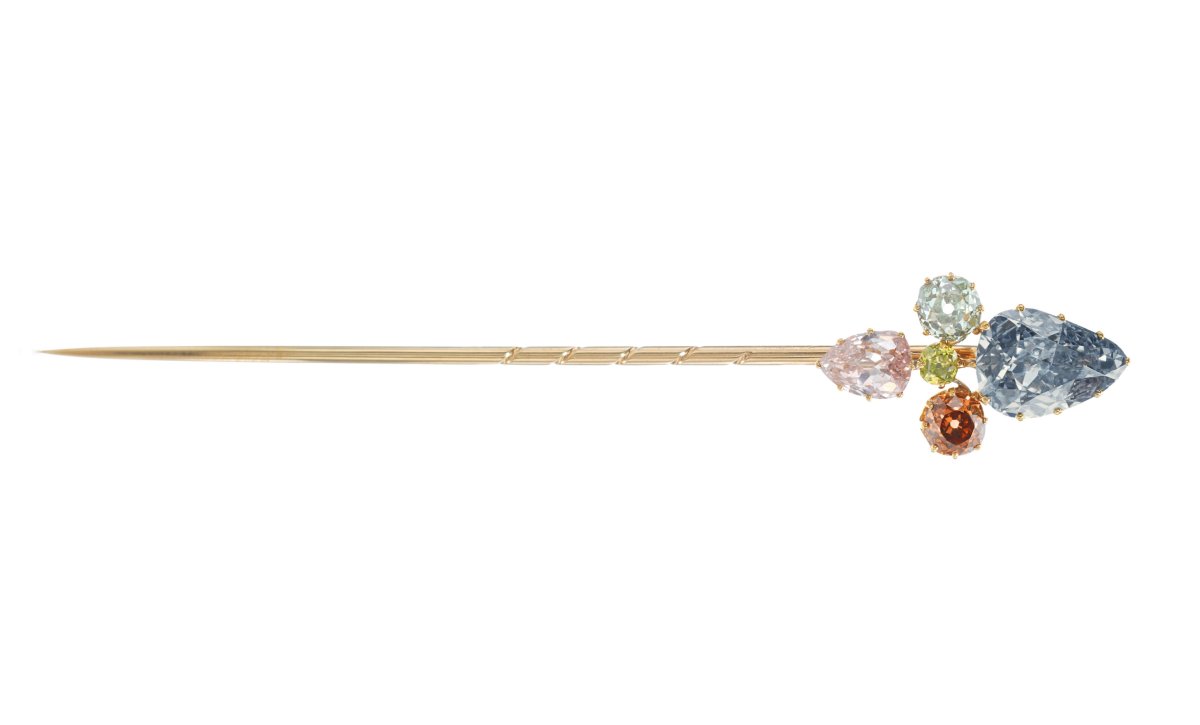
Sotheby’s announced on Monday that they will auction more than 100 lots of royal jewelry “spanning nearly a century in the history of the illustrious family of Tsar Ferdinand of Saxe-Cobourg-Gotha,” who reigned in Bulgaria from 1887 until 1918. The firm states that the group of jewels is “one of the most important collections of royal and noble jewels from the courts of central Europe ever to come to auction.”
The auction is a continuation of last autumn’s sale of jewels from the former royal family of Württemberg. The two families are related–one of Tsar Ferdinand’s daughters married into the Württemberg family–and like the previous sale, this one was coordinated in part by Philipp Württemberg, son of the late Duke Carl of Württemberg and Princess Diane of Orléans. Duke Philipp, who now runs his own art advisory company, worked as an art expert and managing director for Sotheby’s for two decades. He notes, “This collection of jewels has never left the family of tsar Ferdinand of Bulgaria. It is a very intimate ensemble. Some pieces belonged to tsar Ferdinand’s wife or mother, but many of others show his personal choice and taste, like the fabulous coloured diamond pin or the extraordinary collection of cufflinks.”
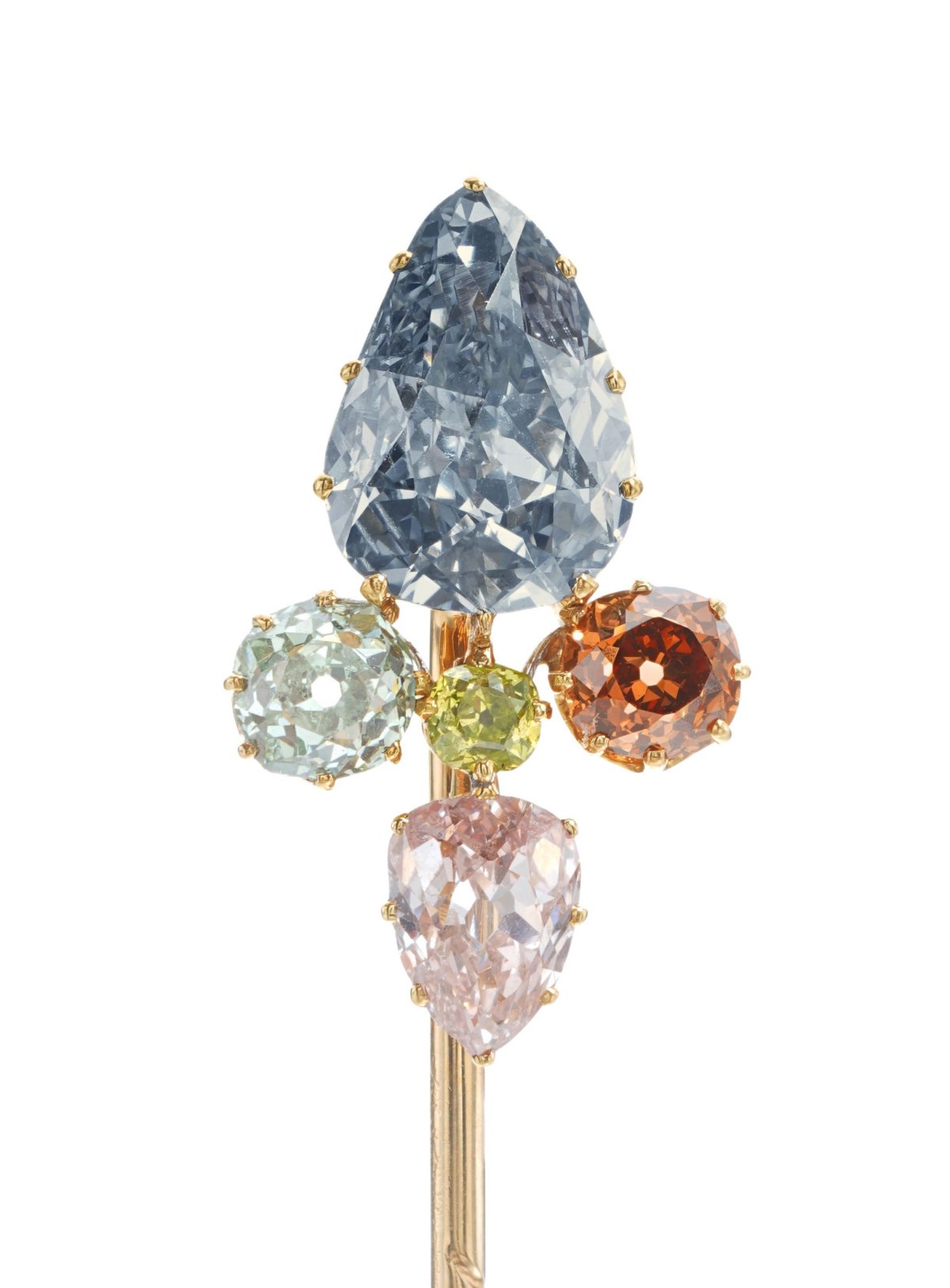
The sale does indeed include a whole range of pieces, including jewels that belonged to the extended royal lines of Orléans, Bourbon-Parma, and Bourbon-Two Sicilies. We’ll be covering several of those in more detail over the next few weeks. But today, we’re starting with one of the jewels that belonged to Ferdinand himself: the “fabulous coloured diamond pin” mentioned by Philipp Württemberg.
The press release from Sotheby’s devotes considerable space to the tie pin, including this extensive description: “Many pieces in the collection feature a remarkable use of high-quality coloured diamonds and gemstones, which held a particular appeal for Tsar Ferdinand. Items from the Tsar’s personal collection within this sale gloriously elevate typically masculine and practical personal effects such as cufflinks, tie pins and cigarette cases into works of art. The most extraordinary example of this, is the sale’s top lot (estimate 500,000 USD – 700,000 USD) – a yellow gold tie pin with a fleur-de-lis motif set with a 2.08 carat pear-shaped Fancy Gray-Blue diamond and four coloured diamonds, including a 0.65 carat Fancy Pink diamond, a 0.52 Fancy Green diamond, a 0.47 carat Fancy Deep Brown-Orange diamond and a 0.13 carat Fancy Intense Green-Yellow diamond.” The lot is accompanied by a handwritten provenance note from Ferdinand’s daughter, the late Princess Eudoxia.
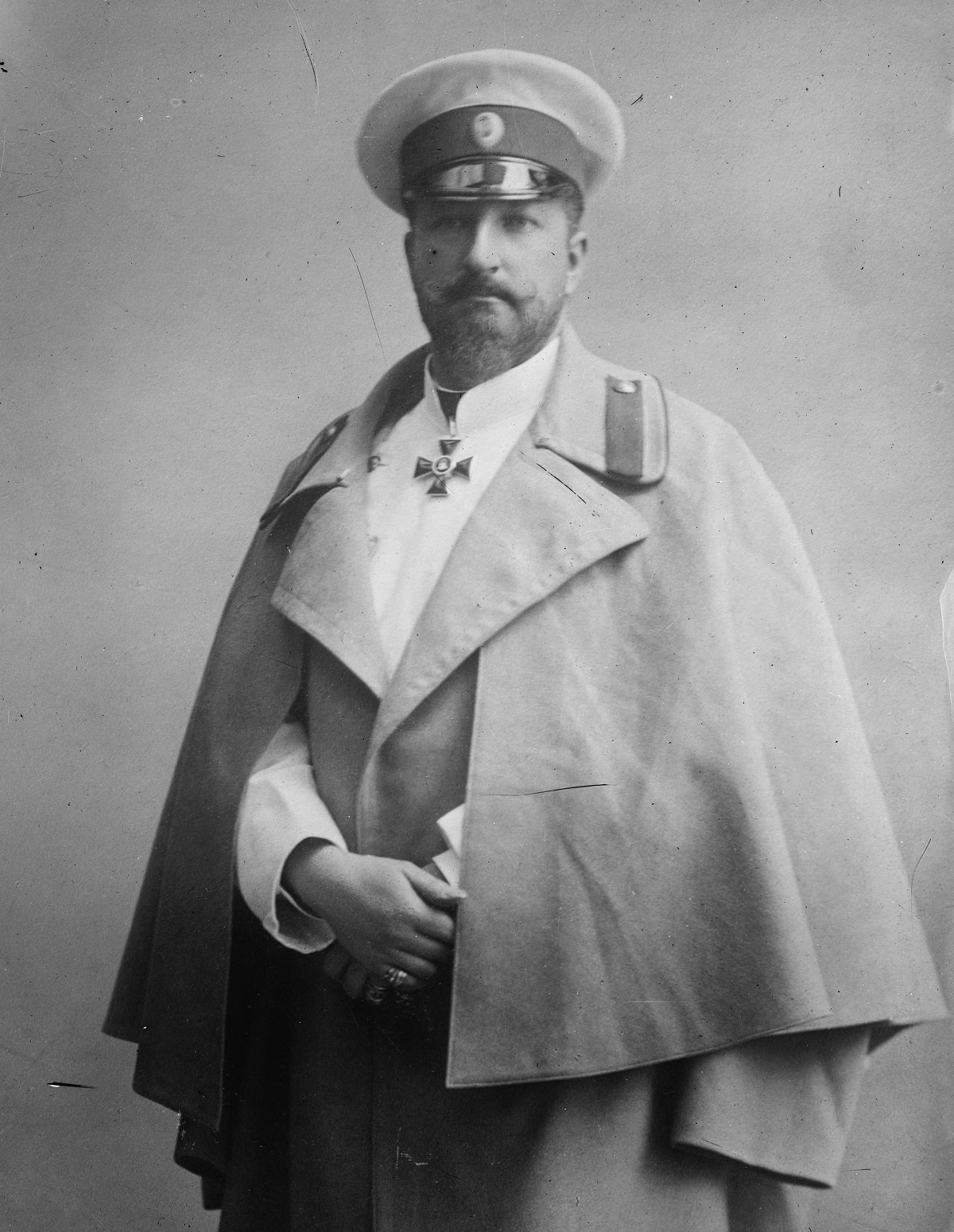
Sotheby’s dates the tie pin to the early 20th century. By that time, Ferdinand of Saxe-Coburg and Gotha (1861-1948) had been on the throne of Bulgaria for more than a decade. He had been elected as Prince of Bulgaria by the country’s legislature in 1887, following a coup that had unseated the previous holder of the title, Alexander of Battenberg. Several other European royals had turned down the throne before Ferdinand decided to accept it, and his royal relatives were unconvinced that he would be a success. One of his most prominent cousins, Queen Victoria, declared that Ferdinand was “totally unfit” for the job and should be “stopped at once.” Regardless, Ferdinand managed to stay on the throne until the end of World War I, aided by his love for power and some convenient bouts of moral flexibility.
Ferdinand’s extensive family connections, and the fortune that came with some of those links, were also helpful. He was the youngest son of Prince August of Saxe-Coburg and Gotha, who was a nephew of King Leopold I of Belgium and a first cousin of both Queen Victoria and Prince Albert. Ferdinand’s mother, Princess Clementine of Orléans, was the youngest daughter of King Louis-Philippe I of the French and Princess Maria Amalia of the Two Sicilies. Prince August and Princess Clementine had four children together before her father was knocked off the French throne in 1848, and Ferdinand arrived to complete the family more than a decade later in Vienna. Clementine’s family may have lost their titles and palaces, but August and Clementine retained much of their fortune, something that would benefit Ferdinand greatly over the course of his life. August did not live to see Ferdinand become Bulgaria’s ruler, but Clementine would become an important force, both influentially and financially, during the first two decades of her son’s reign.
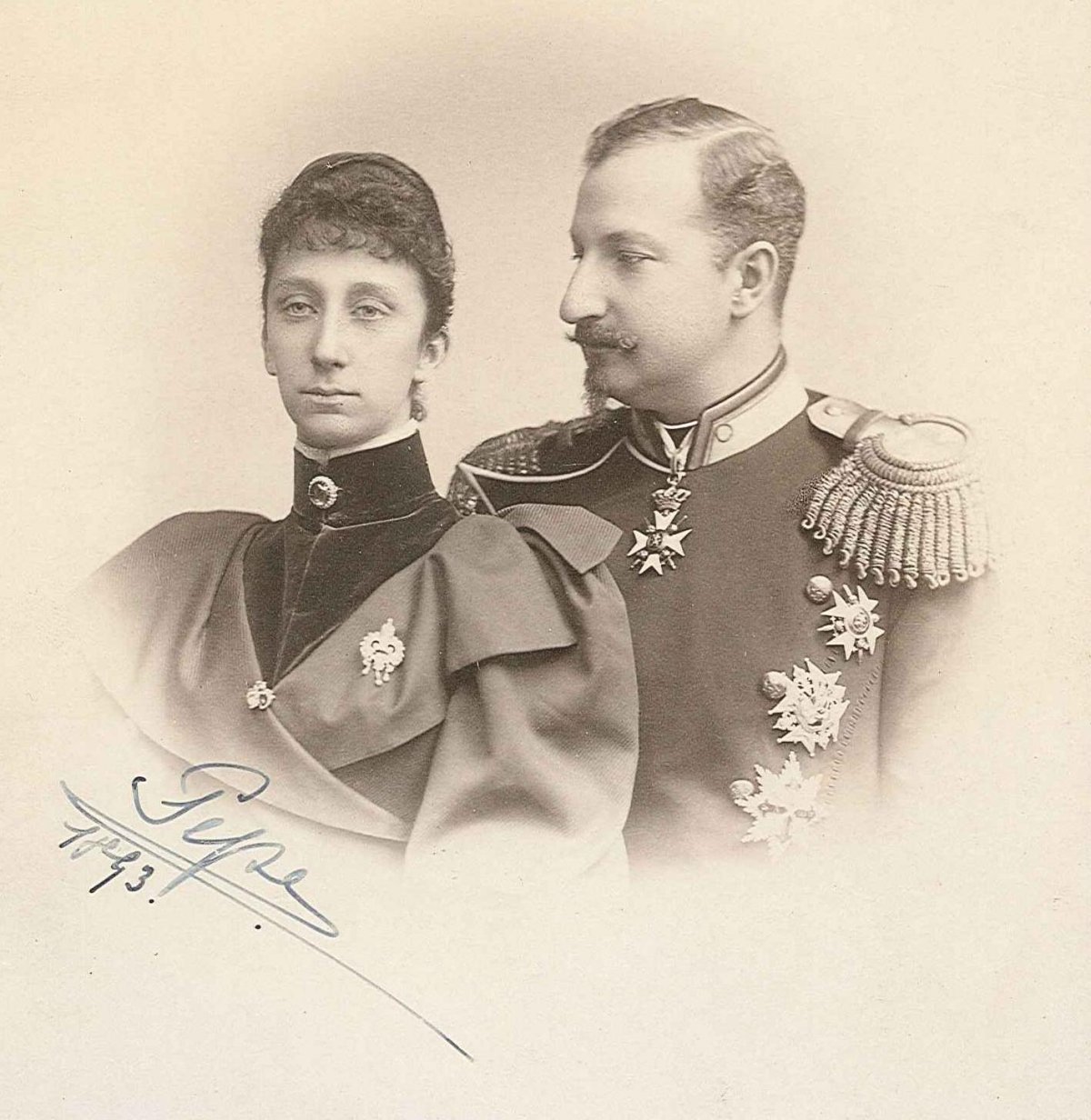
Six years after becoming the reigning Prince of Bulgaria, Ferdinand was compelled to find a wife and produce an heir. His mother, Princess Clementine, arranged a marriage for her son with Princess Marie Louise of Bourbon-Parma, the eldest daughter of the prolific Robert, Duke of Parma. (Robert had a total of 24 children, 12 with each of his wives. Marie Louise’s siblings included Empress Zita of Austria-Hungary and Prince Felix of Luxembourg.)
Ferdinand and Marie Louise met for the first time on the day that their engagement was announced. They were married in Italy in April 1893, when he was 32 and she was 23. Their first child, Prince Boris, was born nine months later. He was followed by a brother, Prince Kyril, and two sister, Princesses Eudoxia and Nadezdha.
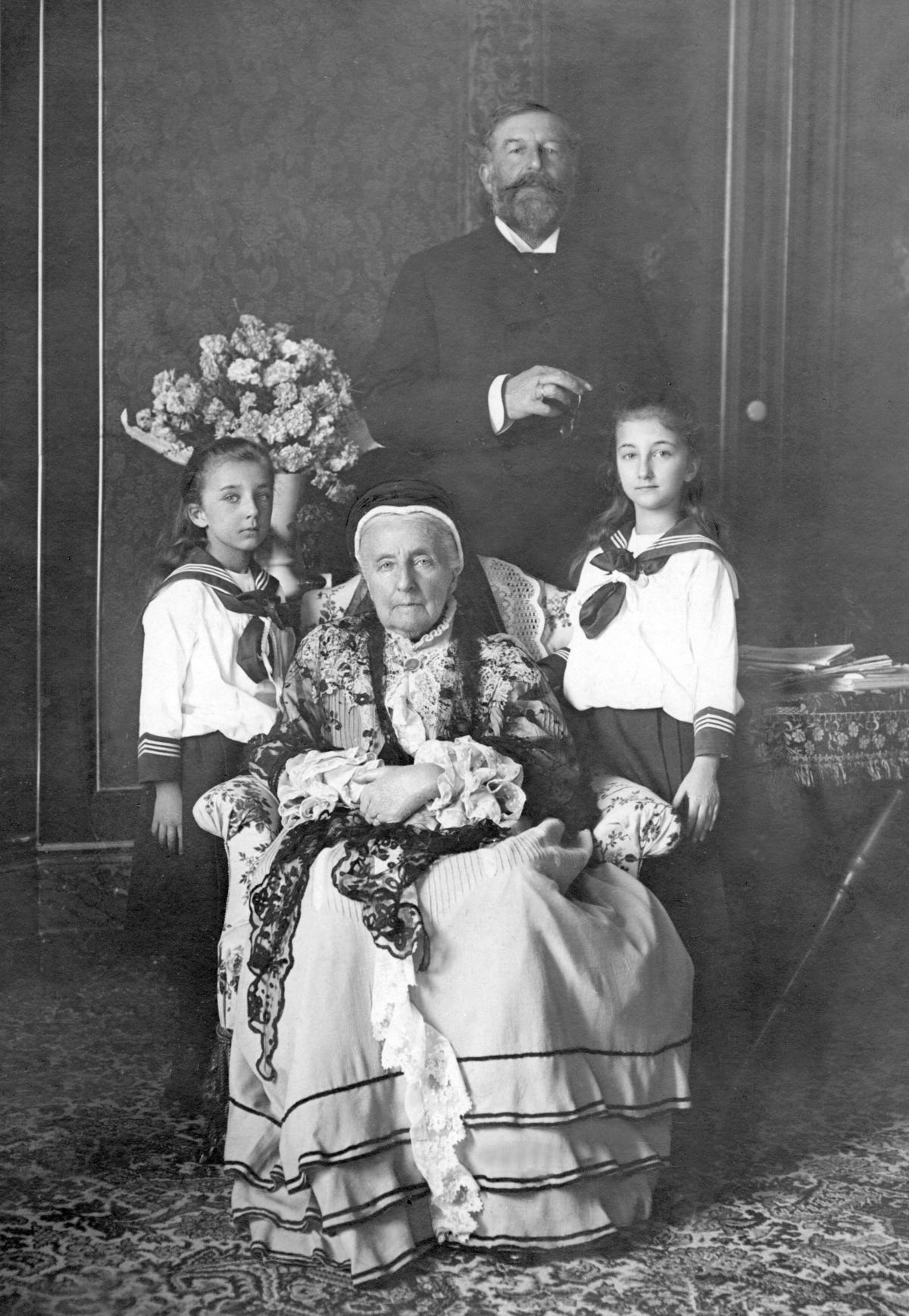
Princess Marie Louise died of pneumonia in 1899 at the age of 29, one day after giving birth to Princess Nadezdha. Ferdinand was in no hurry to remarry, as his mother remained with at court in Sofia to provide structure for the young family. Clementine was so influential at Ferdinand’s court that she was sometimes called the “Princess Mother of Bulgaria.”
When Clementine passed away in 1907 at the age of 89, the Telegraph wrote a glowing obituary that called her “a great diplomatist” and “one of the most remarkable women of the age.” They added, “Notwithstanding her advanced years, she retained up to the last a deep interest in politics, and exerted a large personal influence. Prince Ferdinand’s election to the Throne of Bulgaria was exclusively her work, and she made enormous sacrifices to strengthen his position. The raw, trying climate of Bulgaria did not deter her from remaining by her son’s side, and it is said of her, by persons likely to be well-informed, that she expended in his interest twenty millions of francs.”
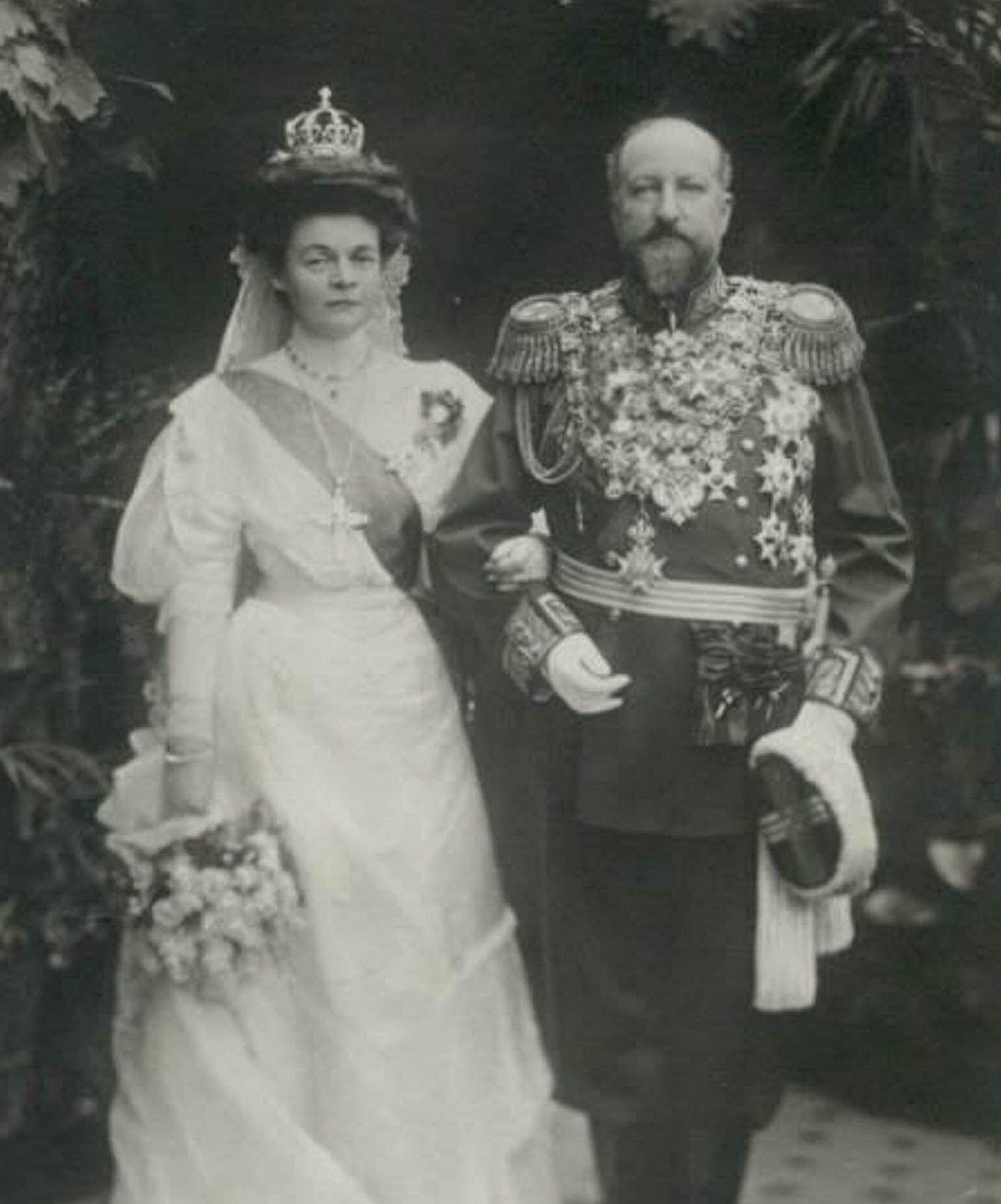
Clementine’s passing left a great void in the life of her son’s family. Ferdinand decided that it was time to seek out another princess consort. He searched for a royal woman who wasn’t looking for a love match–he was solely interested in a wife who could carry out royal duties and offer some maternal affection to his children. (He generally looked elsewhere for romance.)
Ultimately, he settled on Princess Eleonore Reuss of Köstritz, a German princess who had family ties to Russia. They were married in a pair of ceremonies early in 1908. A few months later, both Ferdinand and Eleonore received title upgrades when Bulgaria declared its full independence from the Ottoman Empire. The constitution was amended to change the ruler’s title from “prince” to “tsar,” translated to mean “king” rather than “emperor.”
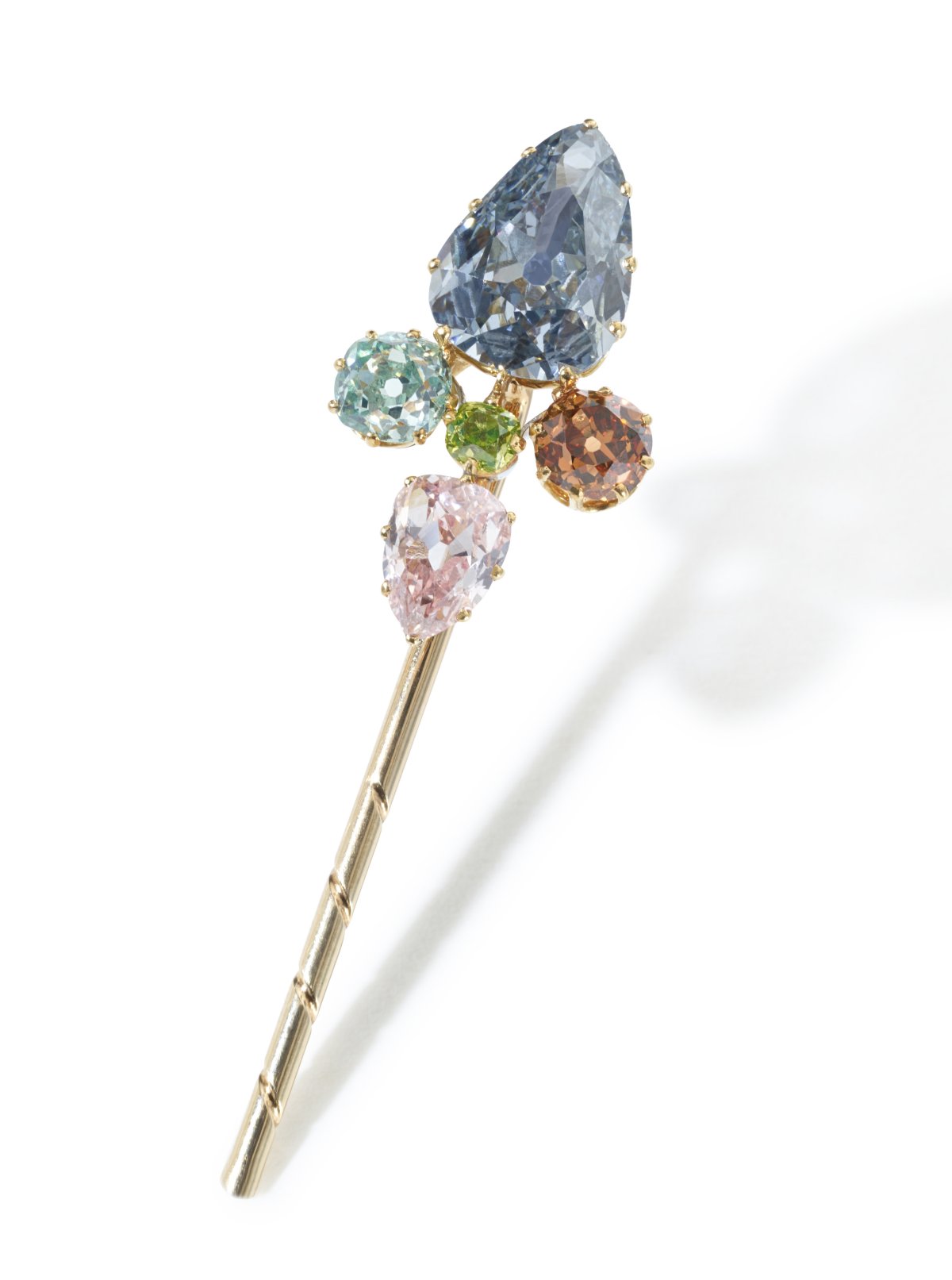
Tsar Ferdinand reveled in his new role as ruler of an independent kingdom. Royal relatives remembered that Ferdinand cherished a deep love for extravagance, including elaborate military uniforms, decorations, and jewels. One cousin, Lady Helena Gleichen, remembered that Ferdinand “was always mocked at by his relations for covering himself with orders and decorations created by himself, and he was rudely nicknamed ‘the Christmas-tree.'”
The colorful tie pin being auctioned next month at Sotheby’s certainly fits that character. The early 20th-century creation date assigned by Sotheby’s would suggest that Ferdinand might have acquired it around the time that he became tsar. The jewel may also have been a gift from, or at least a reference to, his beloved mother’s own royal lineage. After all, the pin’s colorful diamonds are arranged in the shape of a fleur-de-lis, the symbol of the French royal family and the House of Bourbon. Clementine’s family, the Orléanists, are a cadet branch of that house.
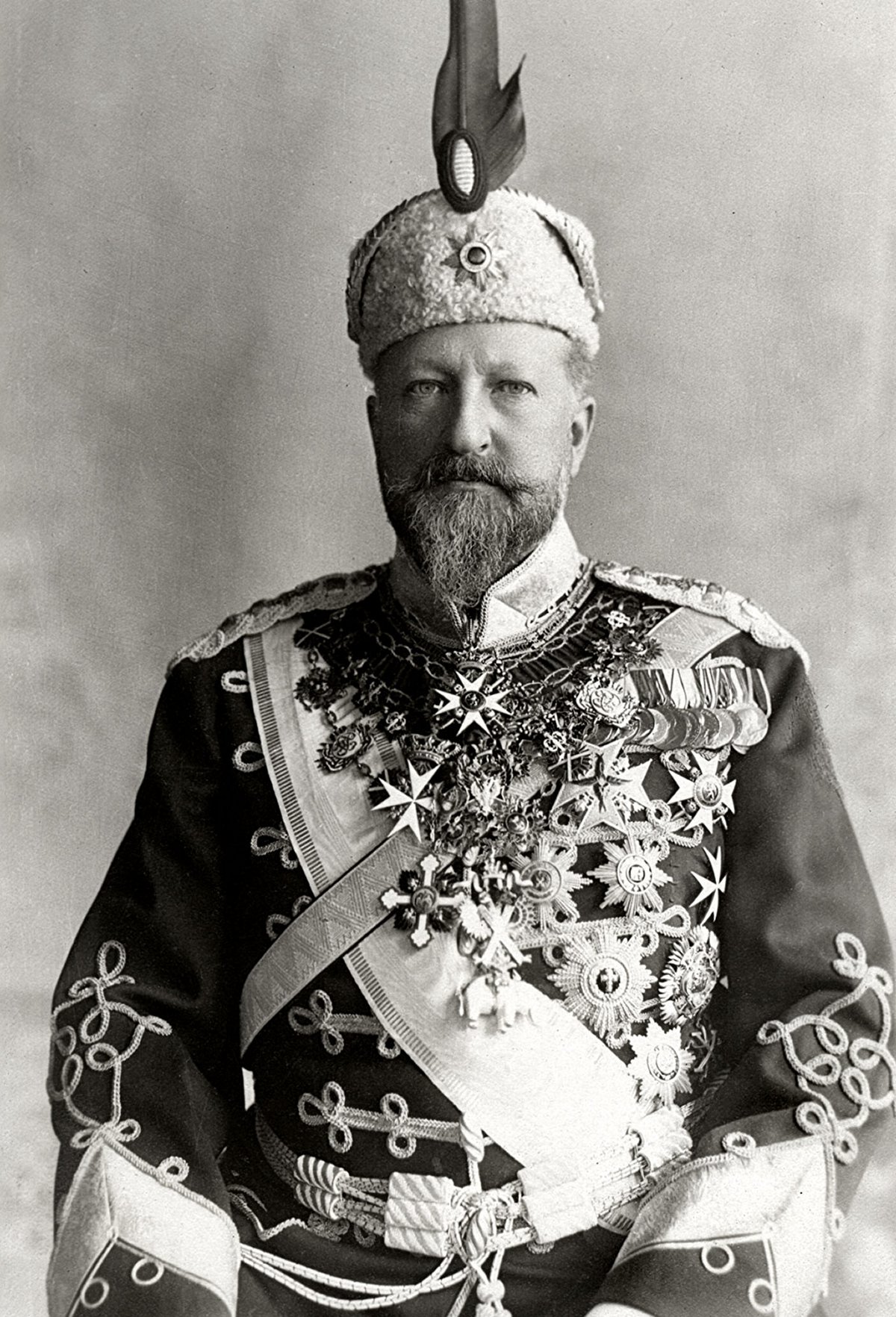
Ferdinand didn’t have long to enjoy the glittering triumph of his royal promotion. The following years were full of turmoil and tragedy. Bulgaria was one of the states battling against the Ottoman Empire in the Balkan Wars of 1912 and 1913. After suffering embarrassing defeat in that conflict, Ferdinand was eager to improve Bulgaria’s international position. He made the fatal decision to join with the Central Powers during World War I. The result was catastrophic. To attempt to save the Bulgarian monarchy, Ferdinand took the blame and abdicated in 1918 in favor of his elder son, Boris.
After settling in exile in his father’s native Coburg, Ferdinand watched as the family’s fortunes took even more tragic turns. While Boris III managed to stay on the throne for decades, he died in mysterious circumstances after visiting Germany in 1943. His young son, Simeon, became tsar at the age of six, with his uncle, Prince Kyril, as regent. But Kyril was executed in 1945 after a coup, and little Simeon was exiled with his mother and sister a year later. (Simeon, intriguingly, had one more chapter in his life with the Bulgarian government: he was the country’s Prime Minister from 2001 until 2005.) Ferdinand died in Coburg in 1948 at the age of 87. His final wish, to be buried in Bulgaria, was finally carried out in May 2024.
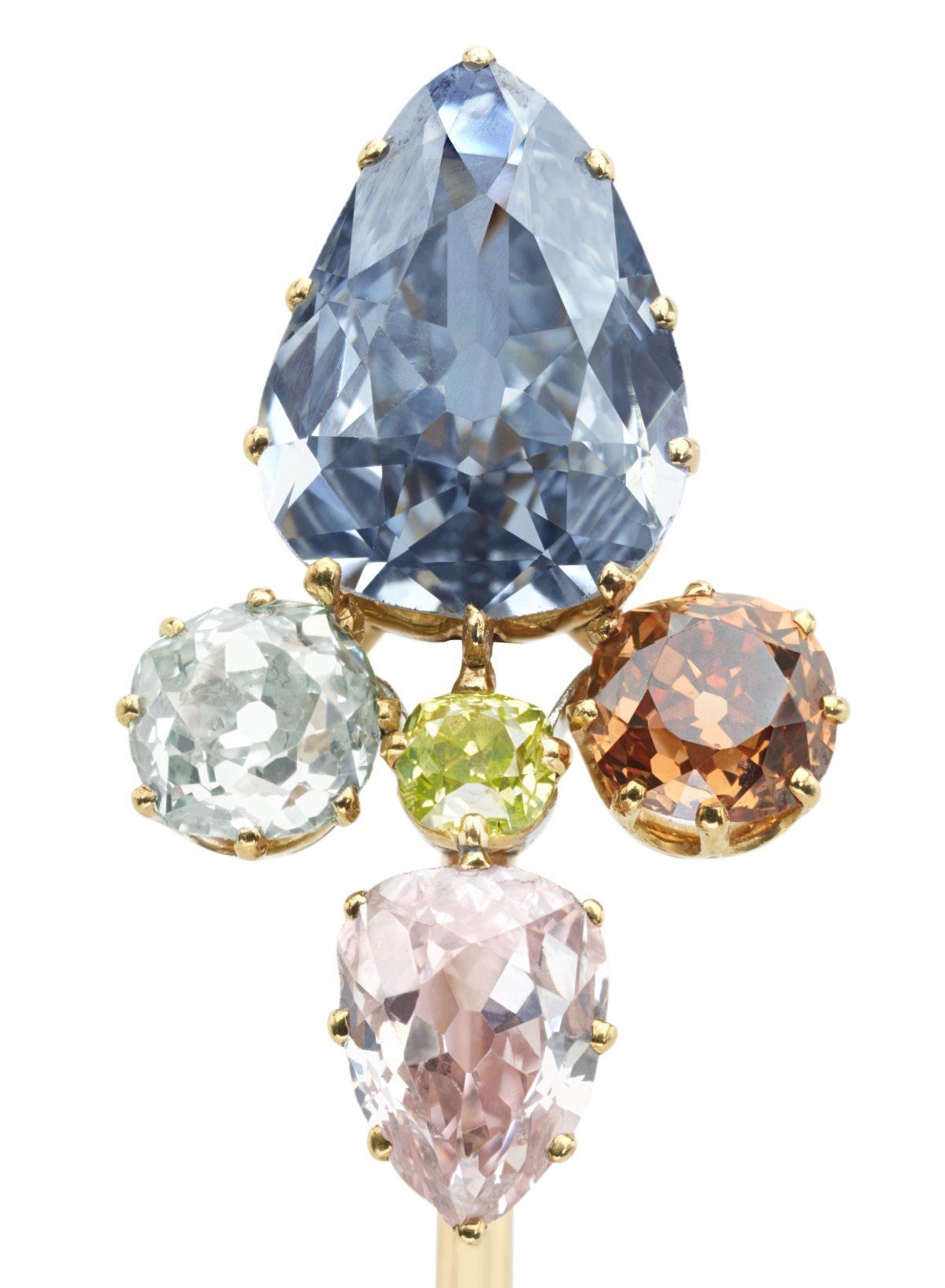
Now, the relics of the monarchy’s precarious, sparkling past will be available for anyone to purchase and enjoy. The diamond tie pin, which was inherited by Ferdinand’s elder daughter, Princess Eudoxia, is expected to be the top seller from the collection in the auction, which will be held at the Mandarin Oriental Hotel in Geneva on November 13. The estimate for the piece is currently set at 450,000-600,000 Swiss francs, or approximately $500,000-700,000 USD.
Leave a Reply
You must be logged in to post a comment.